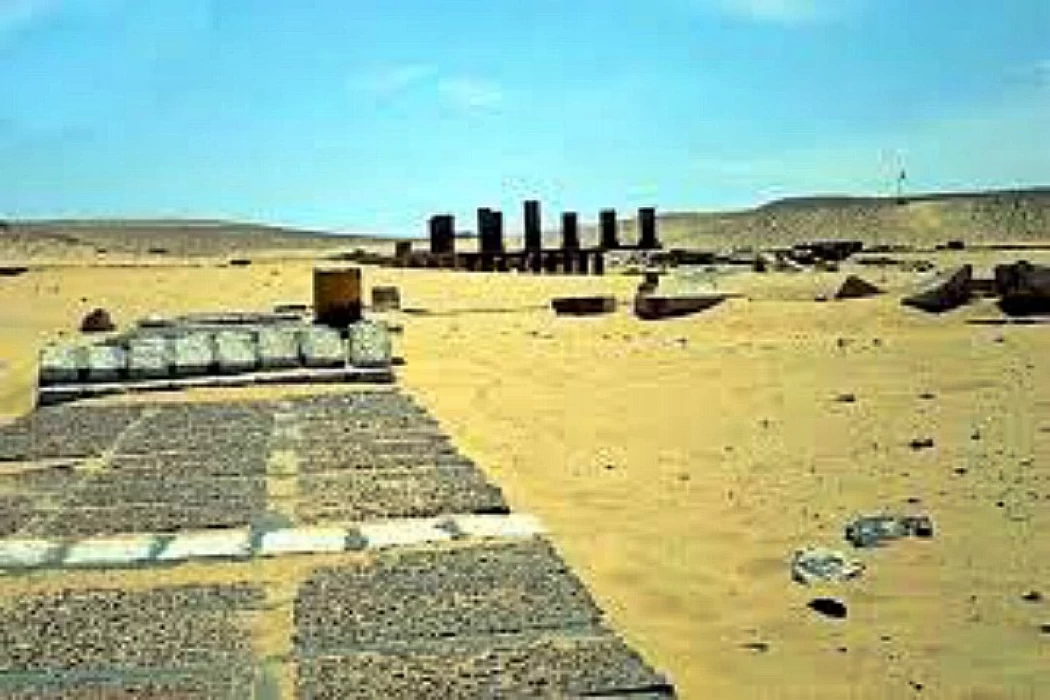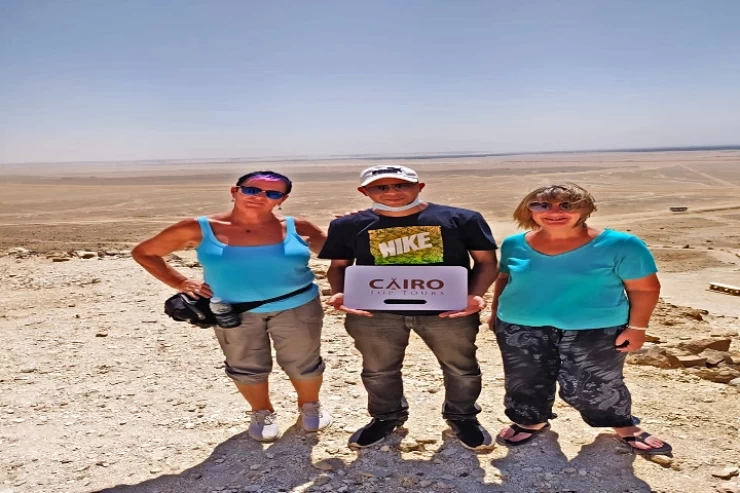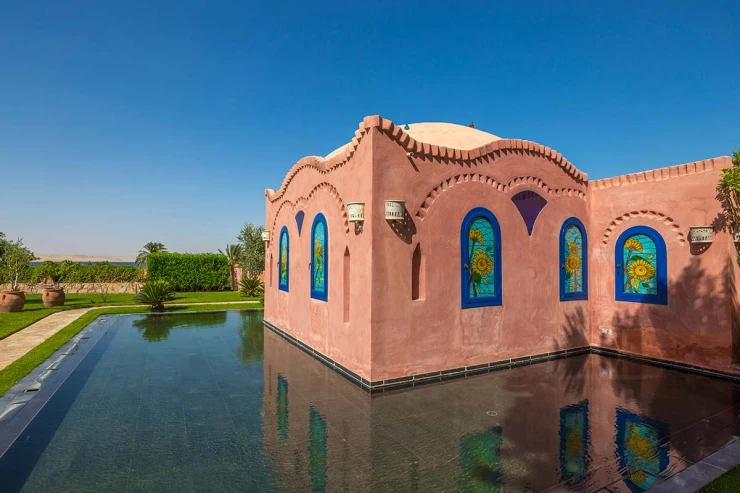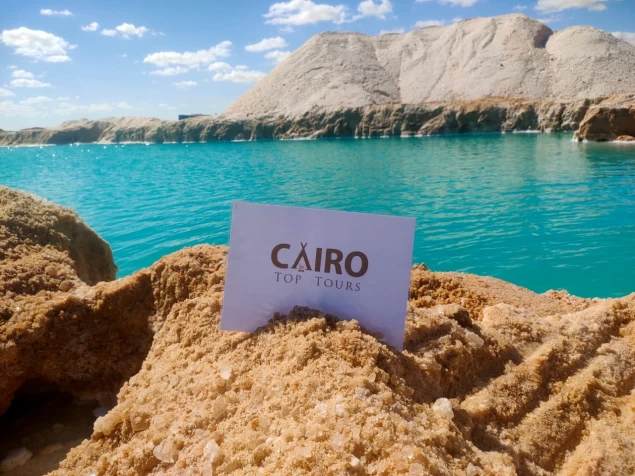
Tuna El-Gabal Village
Tuna el-Gabal: The Eternal Necropolis of Middle Egypt
To the west, just above Minya, Tuna el-Gabal is known as one of the best preserved archaeological sites in Egypt. It was the burial place for the ancient city of Hermopolis Magna (now Ashmunein), where worship of the Egyptian god of wisdom, writing, and the moon, Thoth, took place. It enables you to see how ancient Egypt’s Pharaonic culture interacted with the changes from Hellenistic and Roman societies.
Historical Background
The Late Period (around 664 BCE onward) saw Tuna el-Gabal as a necropolis, and it remained a burial site up to the Roman era (around the 3rd century CE). It did not conform to the habit of burying the elite in Egyptian cemeteries; it was also a place of worship and cultic rituals.
Art, religion, and burial methods have been combined here à la Egypt and Greco-Roman styles, showing just how cosmopolitan Egyptian society once was.
Key Features and Discoveries
1. The Animal Catacombs
An important part of Tuna el-Gabal is a huge underground series of catacombs designed to hold the mummified remains of ibises and baboons. Temple priests raised these creatures, prepared them for the afterlife, and buried them in the Egyptian temples, which were visited by pilgrims for Thoth.
2. The Tomb of Petosiris
Tuna el-Gabalis is structured to look like a temple and is well known for its mixing of Egyptian and Greek artwork. The walls are full of both Egyptian religious scenes and Greek pictures of clothes, architecture, and farming methods, which makes it an excellent reflection of cultural merging.
3. Roman and Coptic Remains
The site has Roman-period tombs with painted ceilings and sarcophagi, along with early Christian (Coptic) objects, showing that the area was still used from one culture to the next. In late antiquity, certain tombs were used by Christian monks and hermits, who made the cemetery into a place for religious retreat.
Modern Excavations and Discoveries
Missions to Tuna el-Gabal by both Egyptian and international groups have recently resulted in impressive discoveries. There have been recent findings of mummies, stone sarcophagi, and stelae inscriptions from the time of Ptolemy and Rome. That year, archaeologists found nearly 40 mummies in one burial site, including women and children, and the find suggested these families were central to their communities.
The results of these findings tell us that the region kept great significance for religion and culture even as the Roman Empire arose.
Cultural and Religious Significance
The role of Tuna el-Gabal was to provide a sacred link between two very important worlds. Performing ceremonies in these temples connected people to the gods, and they often worshipped Thoth the most. People came to the site hoping to find healing, advice, and graves, and by making gifts and sacrifices, they thought they would be in harmony with the cosmos.
















